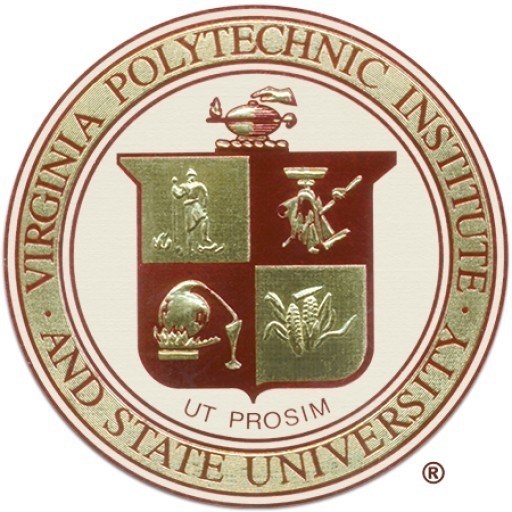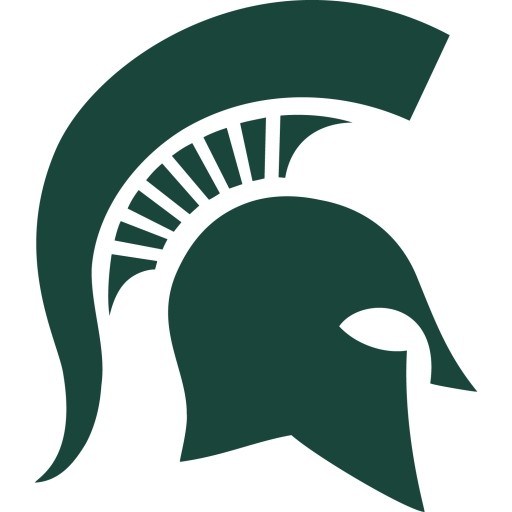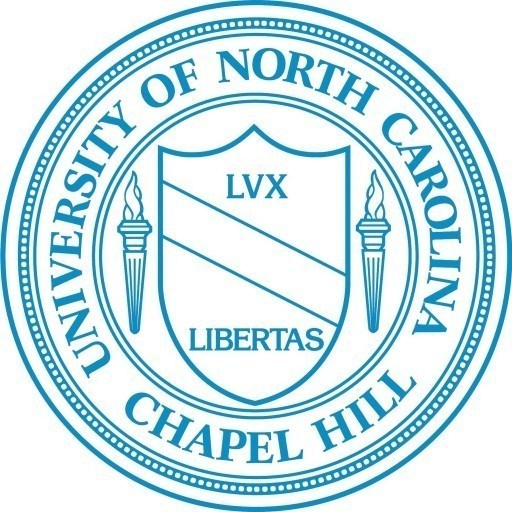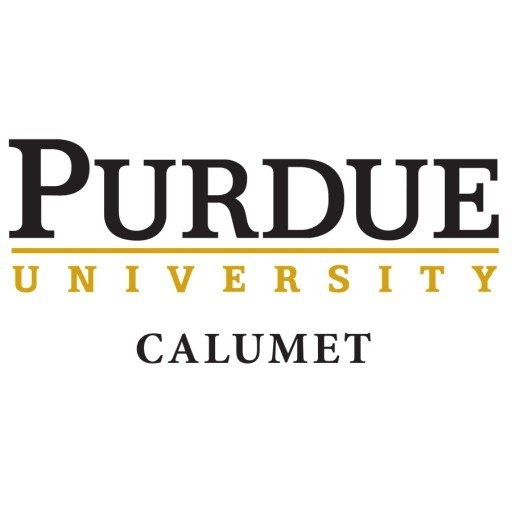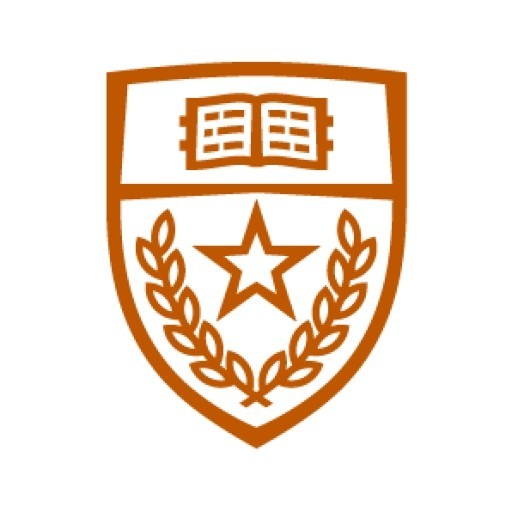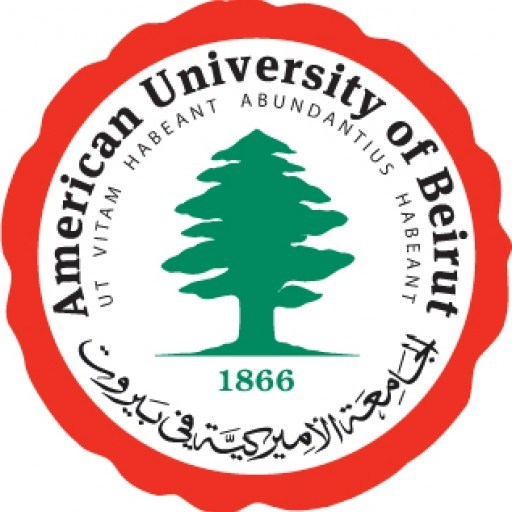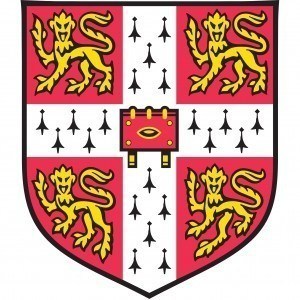Photos of university / #virginia.tech
The Bachelor of Science in Biomedical Engineering at Virginia Tech offers students a comprehensive multidisciplinary education that integrates principles from engineering, biology, and medicine. This program prepares graduates to contribute to the development and improvement of medical devices, healthcare technology, and biomedical research. The curriculum combines rigorous coursework in core engineering disciplines such as mechanics, electrical circuits, materials science, and systems engineering with specialized classes in biomedical topics, including biomechanics, biomaterials, biomedical instrumentation, and medical imaging. Students gain practical experience through laboratory work, design projects, and cooperative education opportunities, fostering problem-solving skills and innovation in biomedical applications. The program emphasizes the development of critical thinking, teamwork, and communication skills essential for careers in healthcare technology, medical device design, regulatory affairs, and research. Students are encouraged to participate in research projects with faculty members, engage in internships with industry partners, and pursue hands-on learning experiences that prepare them for professional success or graduate studies. The Biomedical Engineering program at Virginia Tech is accredited by the Engineering Accreditation Commission of ABET, ensuring it meets high standards for engineering education quality. Graduates are equipped to work in diverse settings, including medical device companies, hospitals, research laboratories, and government agencies. The program also offers opportunities for specialization and research in areas such as tissue engineering, neuroengineering, and regenerative medicine. With a strong foundation in engineering principles and a focus on emerging healthcare technologies, students are well-prepared to address current and future challenges in medicine and healthcare delivery. The program aims to cultivate innovative engineers who are capable of advancing biomedical technology, improving patient outcomes, and contributing to scientific discovery.
The Ph.D. degree requires a minimum of 90 total credit hours beyond the baccalaureate. Additionally, a dissertation must be written and defended before a 5-person committee. The Ph.D. plan of study is due by the end of the third semester of study registered as a Ph.D. student. All coursework must be 5000-level and above (VT campus) and 600-level and above (WFU campus). The distribution of required hours can be:
- 40 - 55 credit hours of research (7994-level only, VT)
- 35 - 50 course credits
Specific course of study requirements are as follows:
Course Requirements for BME Ph.D. Program
The Doctor of Philosophy degree in Biomedical Engineering must include the following minimum requirements:
- 15 credits of engineering courses (BMES or from any engineering department) to include the required courses, Quantitative Cell Physiology and Quantitative Organ Systems Physiology.
- 6 credits of graduate level mathematics, only 3 of which may be in statistics (see approved lists on website for each campus location)
- 3 credits of life science coursework from approved courses and/or departments on each campus (see website/handbook for details)
- 2 credits from the required BMES 6064 Clinical Rotation (available only to PhD candidates)
- 9-24 credits in elective coursework, remainder of hours up to 90 in research
Ph.D. students must complete training in Ethics, required by the graduate schools, which must be noted on the plan of study. See the SBES Graduate Handbook for details regarding implementation on each campus. Students are also required to enroll in and successfully complete the SBES Seminar course (BMES 5944 at VT and BMES 694 at WFU) each semester of all the academic years during their degree program.
Ph.D. students must pass a Qualifying Exam no later than the end of the second year for students entering directly into the Ph.D. program or within one year of entering the program after completing the M.S. degree.
ALL students are expected to participate in the annual Research Symposium held each spring, and are required to do an oral research presentation at least once before they graduate.
Ph.D. students may elect to earn an M.S. degree as an intermediate milestone to the Ph.D. with the prior approval of their advisor. They must file an M.S. plan of study at the end of the second semester of study, and write and defend a thesis.
Concentrations
Biomechanics
The following list represents some of the specific research topics offered by the Biomechanics faculty of SBES:
- Impact injury biomechanics
- Sports and military biomechanics
- Cell and tissue injury biomechanics
- Fluid flow dynamics
- Musculoskeletal biomechanics
- Molecular and cellular biomechanics
- Ergonomics and work physiology: occupational biomechanics
- Computational modeling in biomechanics
- Organismal biomechanics
- Biomechanics: animal locomotor systems
- Soft tissue biomechanics
- Micro and macro mechanisms of trauma
Tissue Engineering
The following list represents some of the specific research topics offered by the Tissue Engineering faculty of SBES:
- Regenerative medicine
- Tumor engineering platforms
- Biomaterials
- Musculoskeletal tissue regeneration
- Vascular regeneration
- Tissue engineering and clinical translation
- Liver tissue engineering
- Stem cells for tissue engineering
- Development of engineered tissues and organs
- Biological response of tissue engineered scaffolds: in-vitro & in-vivo
- Biomaterials for targeted drug delivery
Biomedical Imaging
The following list represents some of the specific research topics offered by the Biomedical Imaging faculty of SBES:
- Medical physics
- Magnetic resonance imaging (MRI) and functional MRI (fMRI)
- X-ray computed tomography
- Image guided therapy / image guided surgery
- Biophotonics and biomedical optics
- Multimodality imaging applications
- Quantitative imaging techniques
- Medical imaging software development
- Biomedical image & signal processing
- Radiation response modeling
- Optical molecular imaging for early cancer development
Nanomedicine and Nanobioengineering
The following list represents some of the specific research topics offered by the Nanomedicine and Nanobioengineering faculty of SBES:
- Bio-MEMs and microfluidics
- Biotransport
- Biomembranes
- Biophysics
- Cellular Dynamics
- Cell and tumor microenvironments
- Biomedical applications of nanotechnology
- Nanosized contrast agents for non-invasive imaging
- Bioinspired microdevices
- Growth & assembly of novel nanostructures
- Nanotechnology for therapeutics and diagnostics
Neuroengineering
The following list represents some of the specific research topics offered by the Neuroengineering faculty of SBES:
- Neuroimaging
- Traumatic brain injury
- Neural network behavior
- Neurotrauma and nerve regeneration
- Fundamental properties of synaptic transmission
- Neuralfeedback
- Experimental and computational investigation of neural control
- Repair strategies for neuronal injury
- Development of novel MRI techniques to map brain function
- Role of synaptic signaling in neuro-development
Translational Cancer Research
The following list represents some of the specific research topics offered by the Translational Cancer Research faculty of SBES:
- Targeted drug delivery
- Irreversible electroporation
- Molecular medicine / molecular imaging
- Cancer detection and treatment
- Cellular and molecular mechanisms of human disease
- Comparative oncology of malignant melanoma
- Minimally invasive surgery
- Vascular biology and tumor angiogenesis
- Using nanomaterials in cancer detection and therapy
- Dielectrophoretic cell manipulation
- Cancer cell evolution
Cardiovascular Engineering
The following list represents some of the specific topics offered by the Cardiovascular Engineering faculty of SBES:
- Cardiovascular fluid mechanics and transport
- Arterial and coronary disease
- Left ventricular hemodynamics and heart failure
- Cellular and molecular mechanisms of connexins
- Gap junction remodeling in the normal and arrhythmic heart
- Cx43 assignments in wound healing, scarring, and regeneration
- Drug development targeting Cx43 function
- Cardiac electrophysiology and ion transport
- Cardiac arrhythmia mechanisms
- Non-traditional bioelectric mapping
- Transcripts. Include a scanned copy of your college transcripts with your online application, then arrange for an official copy to be sent to us after you receive an offer of admission.
- Letters of Recommendation. Check to see whether your department requires letters of recommendation from references. If so, you can include their email addresses in your online application, or have them send paper copies directly to your program’s department.
- Application Fees. Degree-seeking students must include a $75 fee with their application, though check to see if you qualify for a waiver or reduced fee.
- TOEFL Paper 600.0, Computer 250.0, iBT 100.0
- IELTS 7.0
- GRE
- Minimum GPA: 3.5
- Institution code: 5859
Scholarships
- University Scholarships
- Global Education
- Assistantships
The Bachelor of Science in Biomedical Engineering at Virginia Tech is designed to provide students with a comprehensive education that integrates principles of engineering, biology, and medicine to develop innovative healthcare solutions. The program emphasizes core engineering fundamentals such as mechanics, electronics, materials science, and systems engineering, combined with biological sciences, including anatomy, physiology, and molecular biology. Students gain hands-on experience through laboratory work, projects, and internships that prepare them for careers in medical device design, healthcare technology development, biomedical research, and clinical applications. The curriculum includes specialized courses in biomaterials, biosignals, medical imaging, biomechanics, and biomedical instrumentation, enabling students to develop expertise in areas like regenerative medicine, diagnostics, and therapeutic devices. Virginia Tech also offers opportunities for research involvement, often in collaboration with hospital partners and industry leaders, fostering innovation and practical skills. The program supports student engagement in student chapters of professional organizations such as the Biomedical Engineering Society, encouraging professional development and networking. Graduates of the program are well-equipped to pursue advanced studies or enter the workforce in diverse fields that improve human health and healthcare delivery through engineering solutions. The university’s state-of-the-art laboratories and dedicated faculty contribute to a dynamic educational environment. The program also emphasizes ethical considerations, regulatory standards, and the societal impact of biomedical innovations. Through a multidisciplinary approach, students develop problem-solving skills and technical competency, preparing them to address complex medical challenges. The program's combination of theoretical coursework, research opportunities, and applied projects makes it a comprehensive pathway for students interested in advancing biomedical technology and improving patient care.
